Panini, Panino… Let’s Call the Whole Thing Off
A panini is an Italian-inspired American sandwich, usually consisting of various meats and/or vegetables along with cheese, between 2 slices of bread, heated between the grooved halves of a “panini press,” imparting grill marks and a crisp texture to the surface of the bread.
A panino is a light, crisp, Italian-style bread roll. Panino is often a short form for panino imbotitto or “stuffed roll,” wherein a bread roll is cut open and served as a sandwich with one or two ingredients. They are often served in cafes, bars, and “paninotecas” in Italy, or made at home. A panino can be served cold, but may also be warmed up in a sandwich press.
Clearly there is a linguistic conundrum to be worked out here. Panino, the original word, is Italian for “small bread”–pane (bread) + ino (diminutive suffix). Hence the singular panino or bread roll. The plural of panino in Italian is panini. However, in English (American English at least, though the same may be true for other English-speaking countries), the Italian plural panini became the singular panini, with the plural form paninis after the English pattern. According to the Food Timeline, paninis caught American attention in the mid-70s as a trendy upscale treat. As sandwich presses became more common, the sandwiches became more common as well, served at mid-range fast food purveyors, your Paneras, your Corner Bakeries, your Italian-inspired fast food concept joints.
- Chicken Pomodori panini from Corner Bakery
- Calabrese “tostino” from Avanti Caffe
- Breakfast panini from Corner Bakery
- Breakfast panini from Corner Bakery
- Steak & White Cheddar panini from Panera Breads
Not only can you get a quick panini at lunch, breakfast paninis are common as well, containing anything from a frittata or omelette to your basic bacon, egg, and cheese combo. The best thing I can say about the bacon, egg, and cheddar paninis I had from Corner Bakery (I actually ordered a different panini the second time, the “Anaheim,” which should also have contained tomatoes, onion, and avocado, but they gave me the same old bacon, egg, and cheese again) is that a little Louisiana hot sauce turned it into a pretty tasty breakfast. As for the rest, the only one worth mentioning is the steak & white cheddar from Panera, which contained pickled onions and horseradish cream sauce as well as the titular ingredients. Italian? Not so very much, but tasty in its own way.
Let’s take a closer look at that Corner Bakery Chicken Pomodori panini though. The listed ingredients are chicken, fresh basil, spinach, roasted tomatoes, and provolone cheese with pesto mayo. This should have been a decent sandwich.
This was a tongue-numbingly boring sandwich. The chicken was bland, the spinach as well. The basil I missed tasting entirely. Provolone isn’t a bad sandwich cheese, but it needs something strong or salty to play against, and the pesto mayo was a non-entity as well. There was a nice textural contrast between the crisp exterior and the soft warm interior, but texture alone isn’t enough. There has to be some flavor as well.
So what makes a good panino? And what makes a good panini? To learn, I took my research offline and turned to books. The first book I explored was Panini, by Veronica Lavernia. This is a beautiful book, split into 3 main sections on Bruschetta (Italian open-faced sandwiches on toast), Panini (the topic du jour), and Tramezzini (Italian tea sandwiches, essentially). One thing I found promising about the book was its claim to authentic Italian bread recipes. However, the chapter on bread was a mere 2 pages long, consisting of recipes for Focaccia and “With Dried Yeast.” The section on panini does contain some good ideas, from the simplicity of ham and butter (a la the French Jambon-Beurre) to the very Italian Caprese (Fresh mozzarella, tomato, and basil leaf). However, it also contained the complete non-sequitur seitan burger.
I felt I needed to keep looking. I especially wanted a book that would explore the panino as much as or more than the panini, something that did a deep dive into Italian baking, with some focus on the bread rolls from which this sandwich takes its name.
I found what I was looking for in the tremendous The Italian Baker (Revised) by Carol Field. I may be an exception, but I like a cookbook that takes its time to get where its going, that puts its recipes in context. This is a book about the baking traditions of Italy and the Italian’s experience of bread, in which the author has done her best to explain to the home baker how to try to duplicate that experience in the home kitchen, but acknowledges that this is beyond the capacity of the home baker for the most part.
Ms. Field on panini:
If anything indicates the changing pace of Italian life, it’s the explosion of panini, the little rolls that appear in numerous shapes and sizes all over Italy. Walk into any caffe bar in Milan, Rome, or another good-sized city after 10:30am, and you will find glass cases full of rolls bursting with the most extraordinarily inventive combinations.
After reviewing her recipes for various rolls, I elected to make Spaccatini, a crusty but soft chewy roll from Lugano. Spaccatini are named after the fact that they are cleft down the middle, but are otherwise a fairly simple roll to reproduce. (My shaping skills are still developing.) Another plus, these rolls use a pre-ferment or biga, which gives them additional flavor.
- Spaccatini rolls
- Spaccatini rolls
- Spaccatino
- Split spaccatino roll
For sandwich fillings, I chose to do 2 different combinations. There are countless variations of Italian panini, but I felt these 2 were representative of Italian sandwiches without being prohibitively difficult to source.
First, I would do prosciutto with fontina cheese.
- Thin-sliced prosciutto
- Herb-rubbed fontina
Second, I would do caprese, also known as margherita in the pizza world–a simple combination of tomato with fresh mozzarella and basil leaf.
- Campari tomatoes
- Fresh mozzarella
For the cold panino sandwiches, I buttered the inside of the roll, then applied the ingredients.
- Prosciutto and fontina panino
- Caprese panino
The Caprese in this context was good–I used Campari tomatoes, which I’ve found to be the most consistent winter tomatoes available to me, salting the slices and bruising the basil leaf slightly before adding it to release its flavor more fully. It was fine, but not revelatory–the roll was good, and the ingredients were fine, but the combination was mild. The roll satisfied but did not thrill.
The prosciutto and fontina roll, on the other hand, was a flavor explosion. Fontina is generally a nutty, mild cheese, but the herb rub on this particular rendition gave it additional weight–some chili kick, the sweet, bitter, and pungent flavors of herbs. Combined with the salty funk of the prosciutto, this made for a powerful little bite.
When translating these sandwiches into American paninis, I used the “Pane Turano” Italian style bread seen on this site previously. This is a fairly sturdy and large sliced Italian-style bread that stands up better to the weight of a sandwich press than standard sliced sandwich bread will.
In this context, the Caprese was a star. Fresh mozzarella is a melting champion, and heating the tomatoes and basil allows their flavors to open up and begin to infuse the bread around them. The Pane Turano was a perfect choice for American-style panini as I had hoped, standing up to the crushing weight of the sandwich press and taking on the color and crispness one hopes for when cooking this style of sandwich.
If the bread did collapse a bit under the weight of the panini press, it’s only because it had been suffused with the delicious juices of the tomato/basil mixture in the sandwich. I would serve this sandwich to royalty. I would serve this sandwich to the Iron Chef. I would serve this sandwich to my family, and tell them they were ungrateful when they complained about there being no meat. This was a great sandwich.
Unfortunately, prosciutto and fontina did not fare as well in this milieu. Fontina is another great melting cheese, but the unfortunate thing about heating up prosciutto is that what fat there is separating the strands of meat in the cured pork melts away, leaving something very difficult to bite through. If one is not careful eating a hot prosciutto sandwich, one may end up with hot cheesy prosciutto on one’s chin. The flavors were delicious and intense, and the sandwich improved as it cooled off, keeping the textural improvements of the grilled bread while losing some of the deficiencies of heated prosciutto, but overall prosciutto is a dish best served cold.
I don’t have any personal experience of the typical Italian panino. If I had to choose, in general, between it and the typical American panini, I would choose the unknown, because sometimes the Devil you know is bad enough. However, when I use the same ingredients with the two different sandwich templates, it turns out that different ingredients work differently in different conditions. The sandwich life doesn’t deal well with generalities (though we’re guilty of using them ourselves from time to time, here at the Tribunal). A house-made bread roll stuffed with delicious and strong-flavored ingredients is always going to be a huge draw. On the other hand, who is going to turn down a crisp-edged melt, good well-browned bread filled with fresh ingredients?
If I were editing an encyclopedia of sandwiches–and maybe I am–I would tend to put panini and panino as completely separate entries. It seems like a no-brainer. What do you think though? Does anybody out there have any experiences with one sandwich or the other that they’d like to share? Please feel free to comment below. In the meantime, we have 3 new sandwiches coming up shortly in February. I hope you’ll be with us to enjoy those as well.

I like sandwiches.
I like a lot of other things too but sandwiches are pretty great







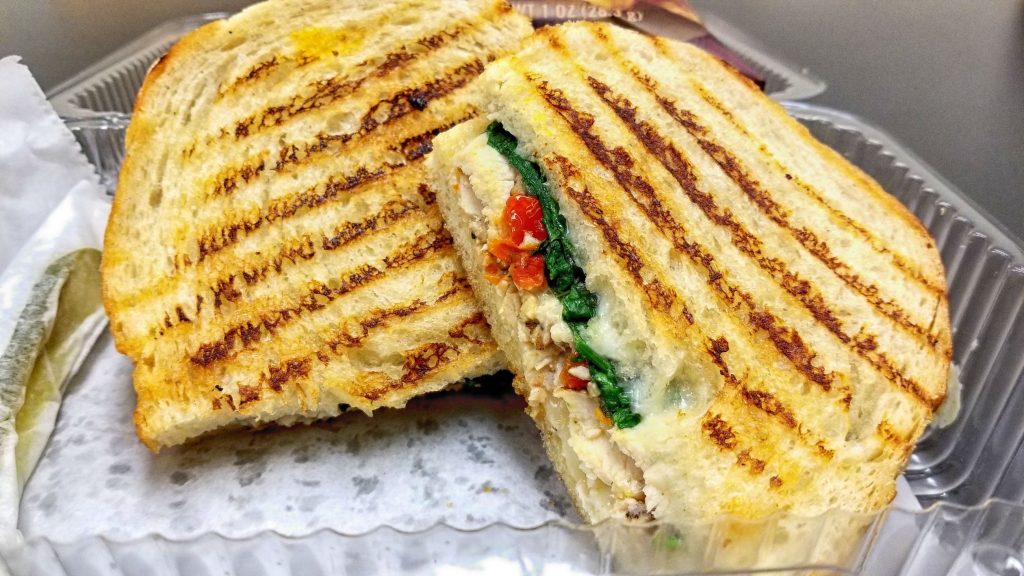





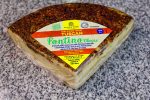

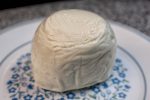


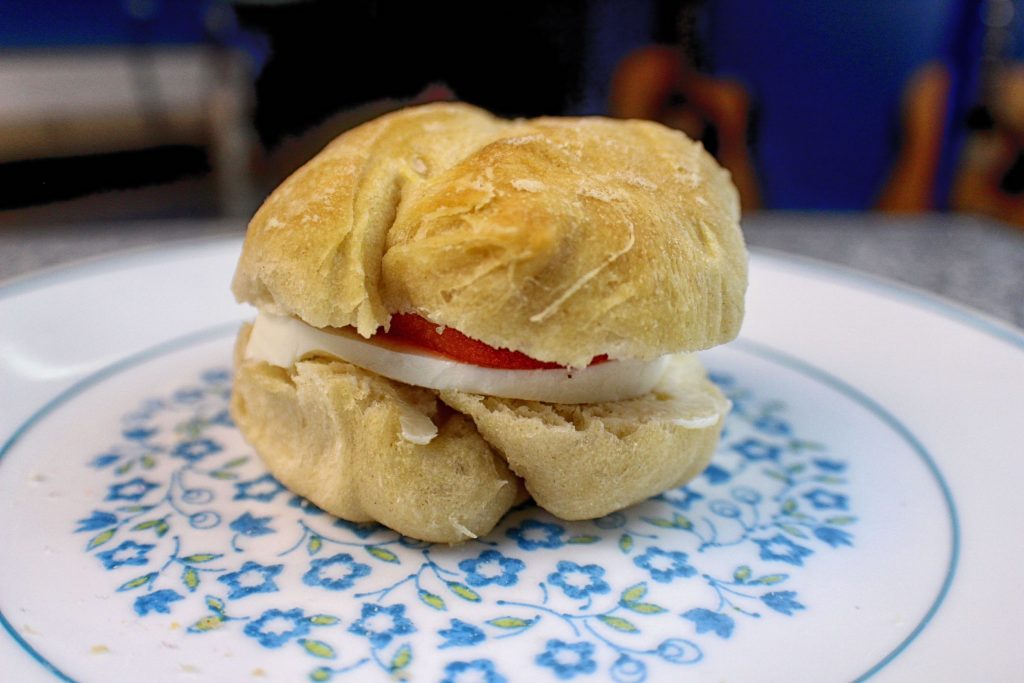
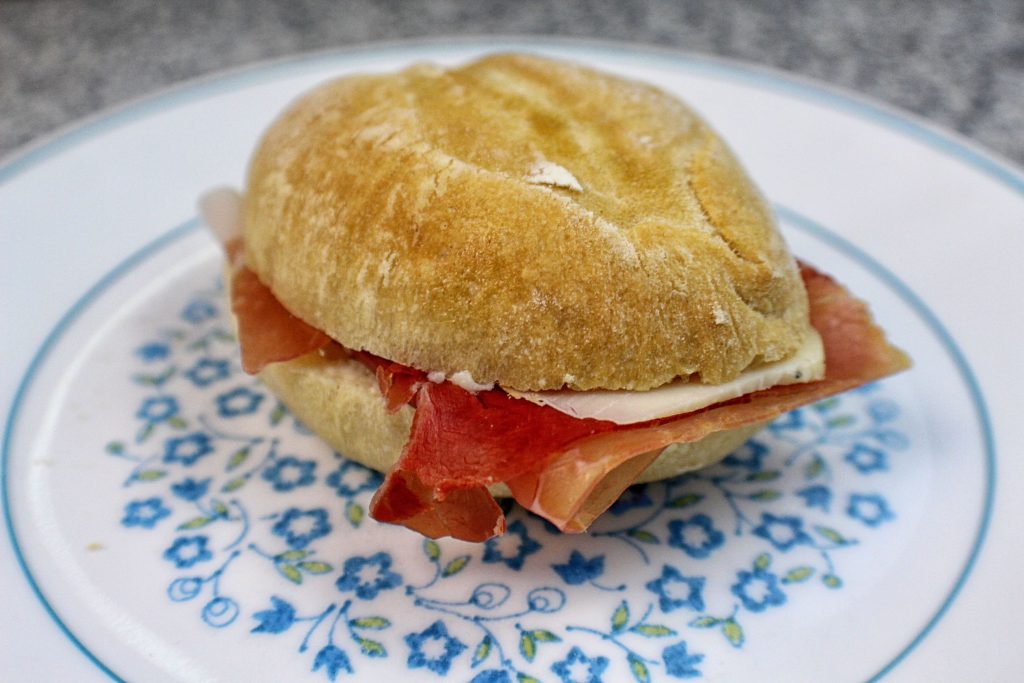
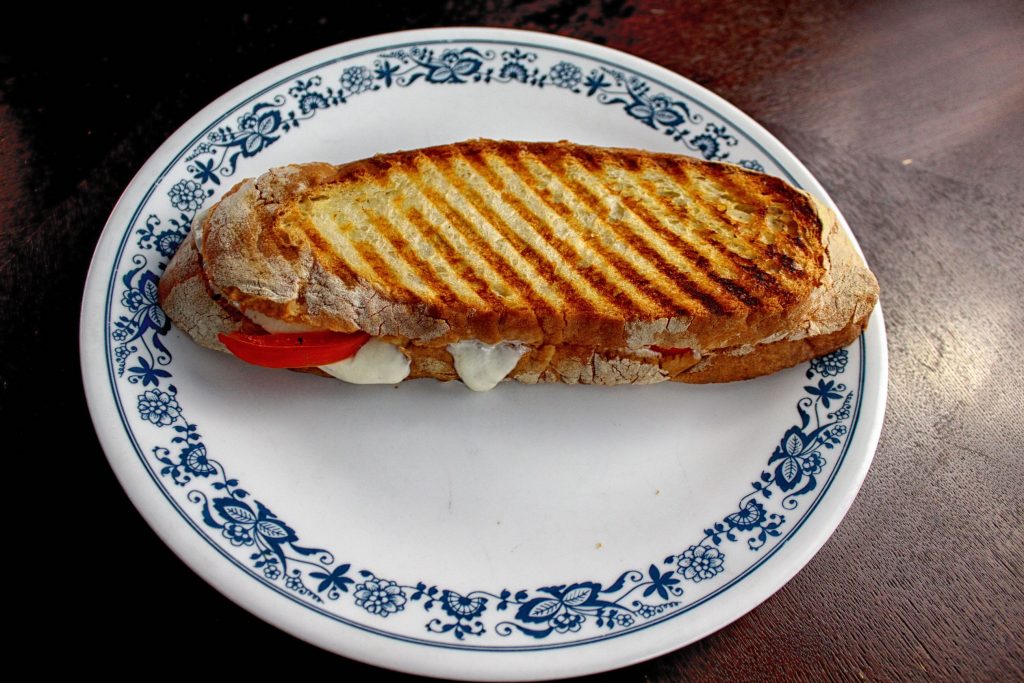
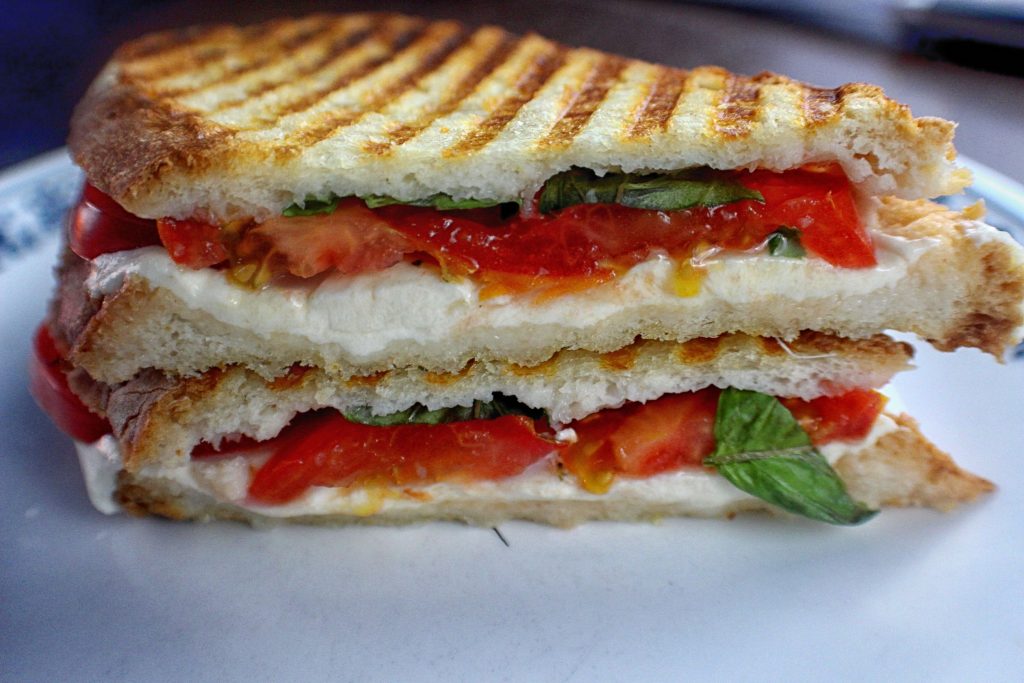
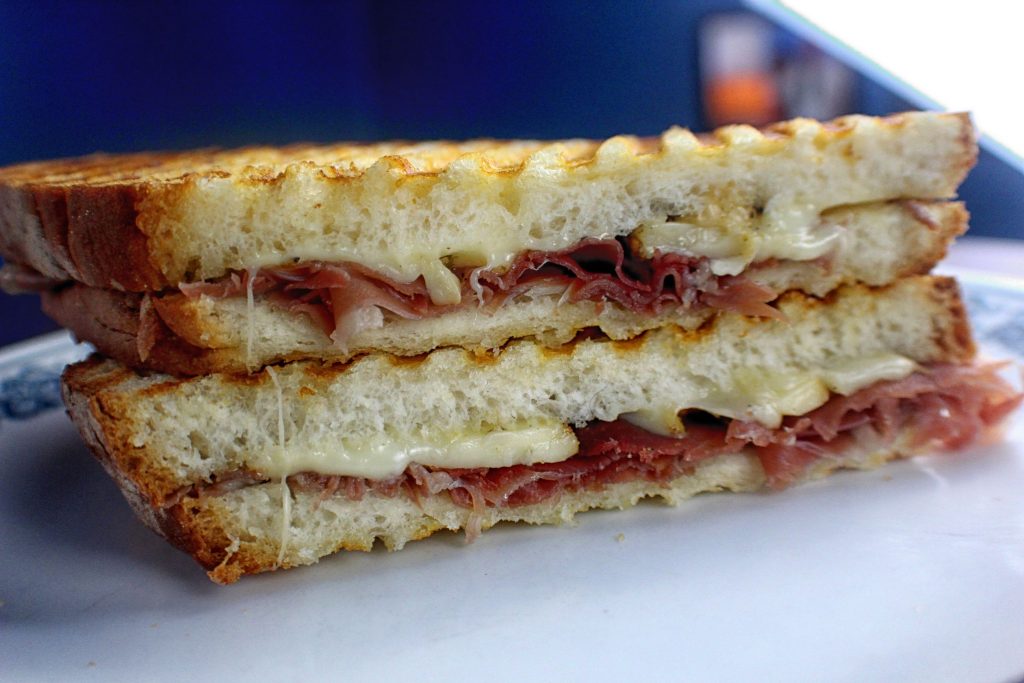
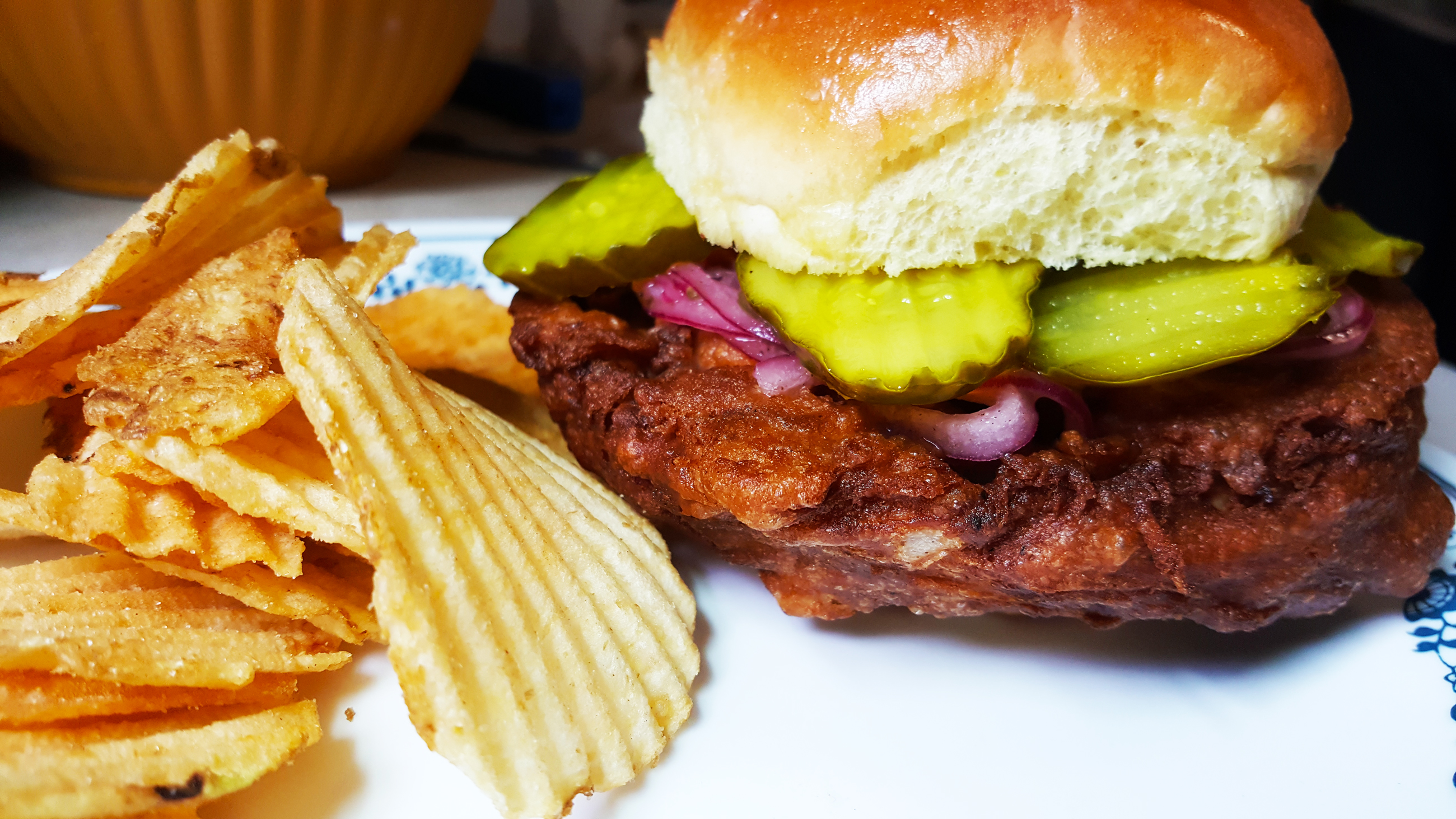
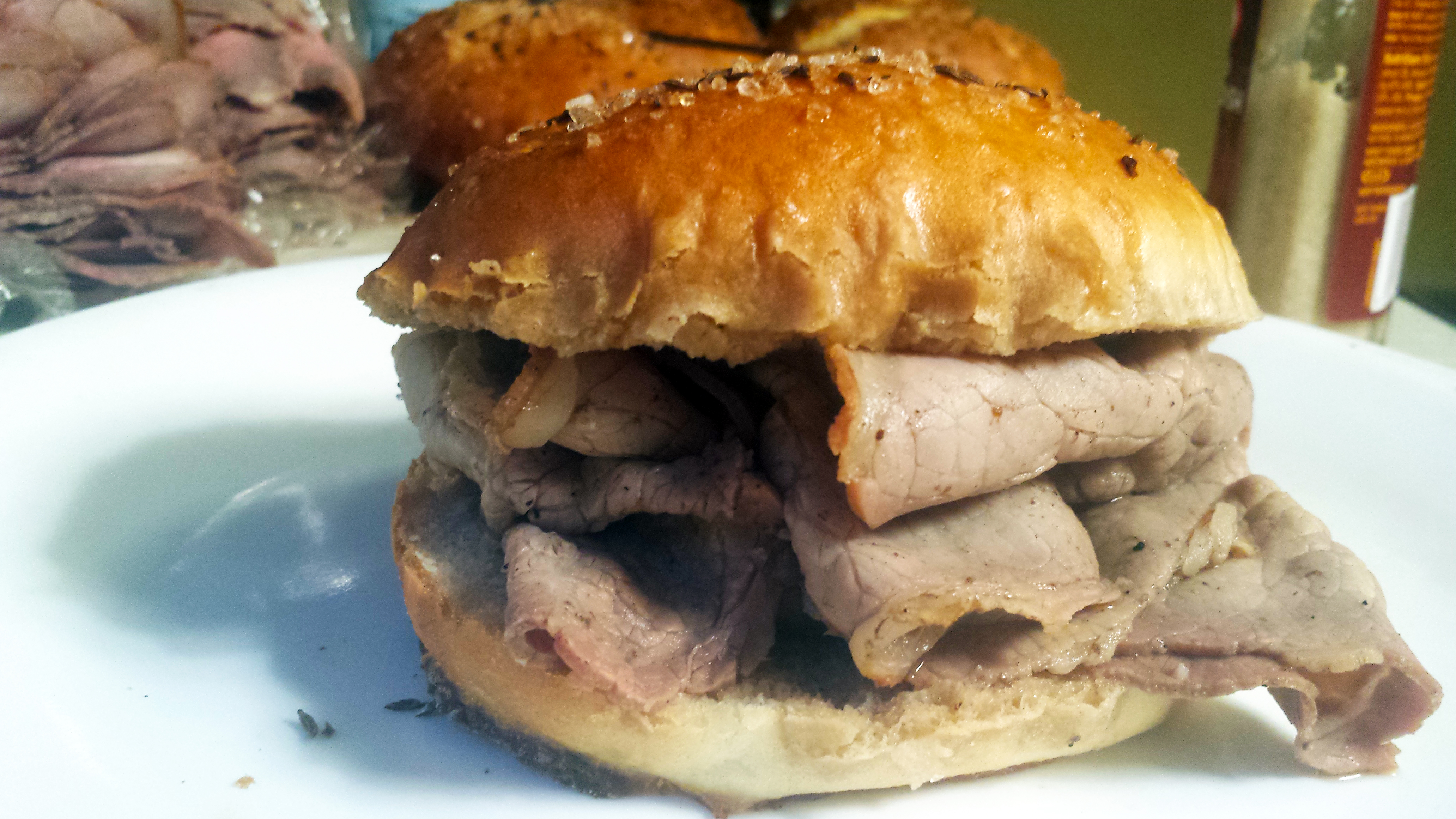







Hi, Jim–Joe Messina here. Mike Chase sent me a link to your sandwich blog. It’s good to be in touch with you via blog or whatever. Please say hello to Mindy for us (Mary Ann & me).
Like panino-panini: I ask for a biscotto in a cafe in the States and invariably the person at the counter corrects me: A biscotti, yes sir, coming right up. Hey, I’m Italian, and I know the language, ha? But I’m trying to turn the tide of usage. In the States, a biscotto simply is a biscotti, case closed.
My best to you & Mindy.
Hi Joe! Here we are, 25 years later, and I’m still phoning in writing assignments at the last minute without revising them fully enough. I should have listened to you and Mary Ann better. Often the research is more fun than the writing, you know? Looks like I have a few edits to make.
Funny about biscotti/panini. Similarly, arancini, ravioli, etc. I suppose the plural form of risotto is not used in the right contexts for it to have been affected by this shift.
It’s so great to hear from you though! Mindy was tickled when I told her. Our best to you and Mary Ann as well!
Hi, I have reached your blog after a long and puzzling research on Spaccatini: I’m Italian, but I had never heard of them, while in the US they appear to be sufficiently known… well, I was curious to learn more and to know which region they came from.
Thank you for clarifying the mystery to me: they’re from Lugano.
That is, from Switzerland.
Apart from the good laugh I had, I frankly appreciated your article and your blog in general, which I have largelhy surfed. Onlh, I couldn’t resist sharing with you the above info.
Forgive me if you can. 🙂